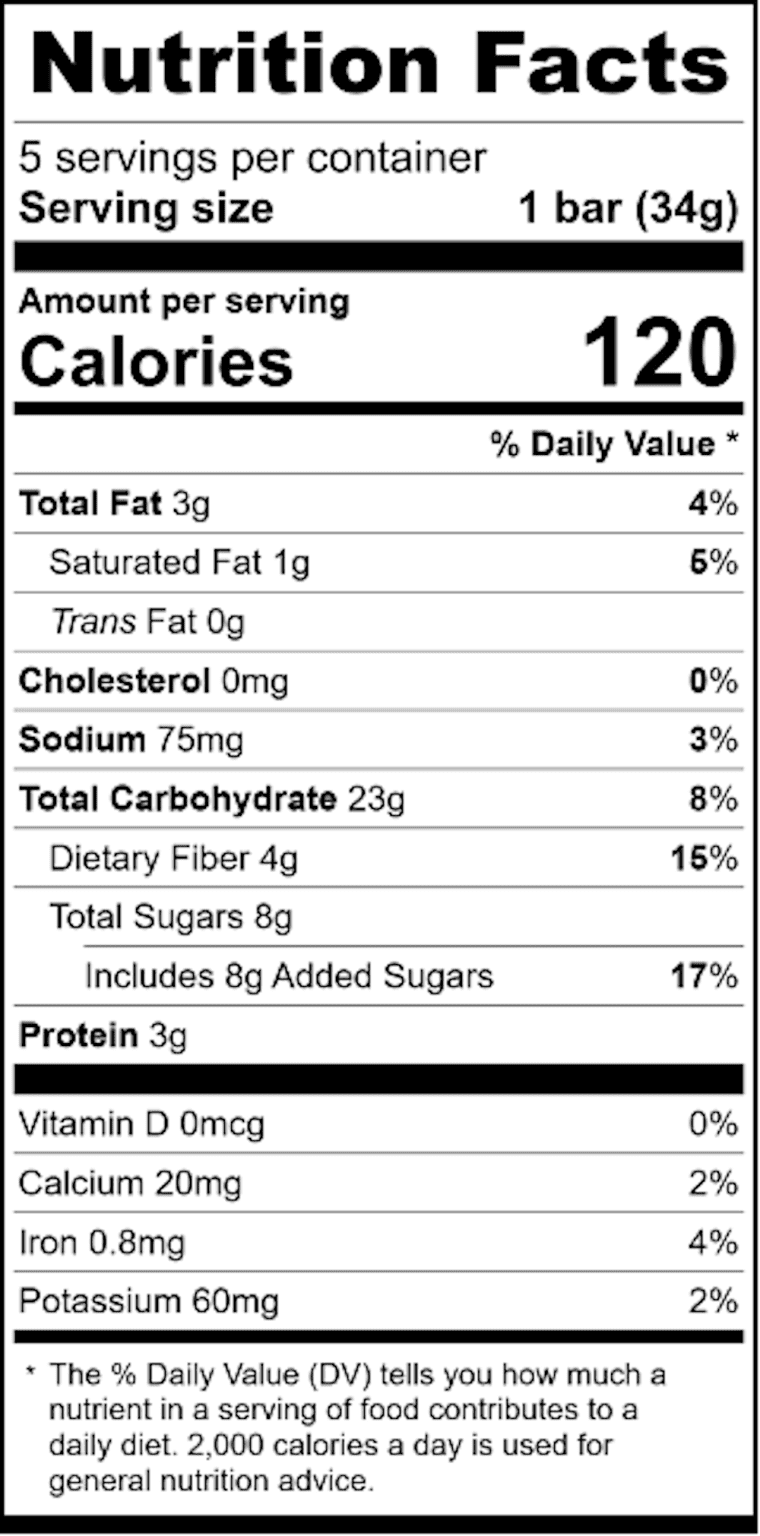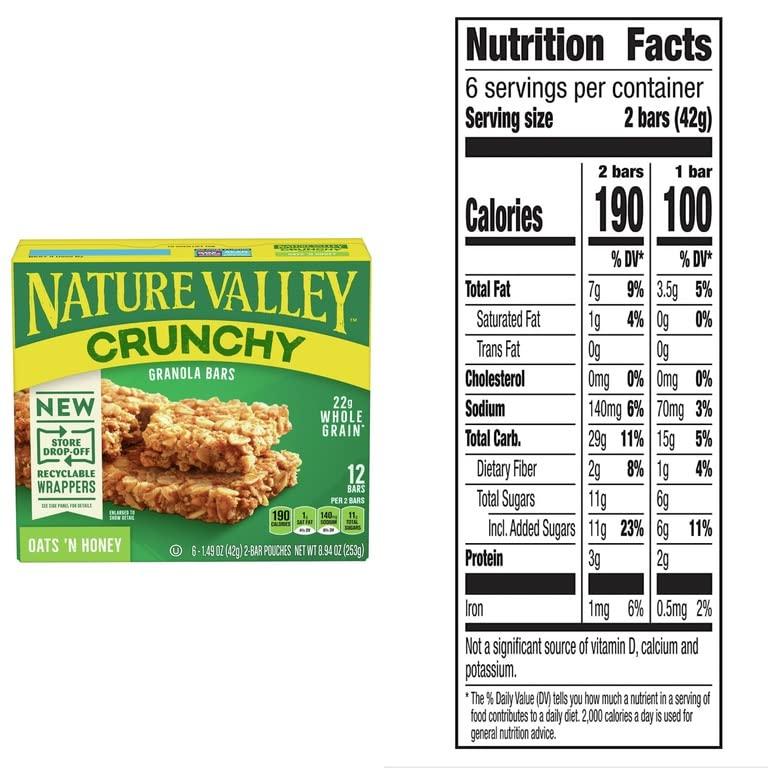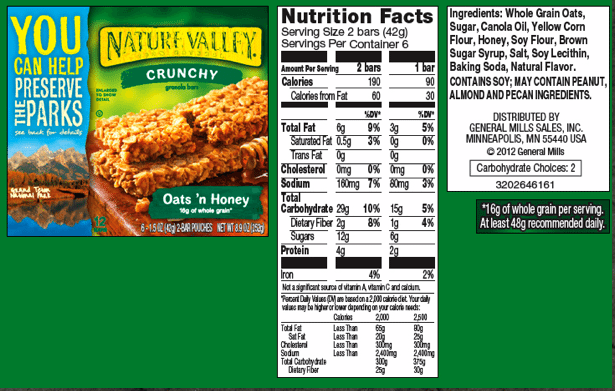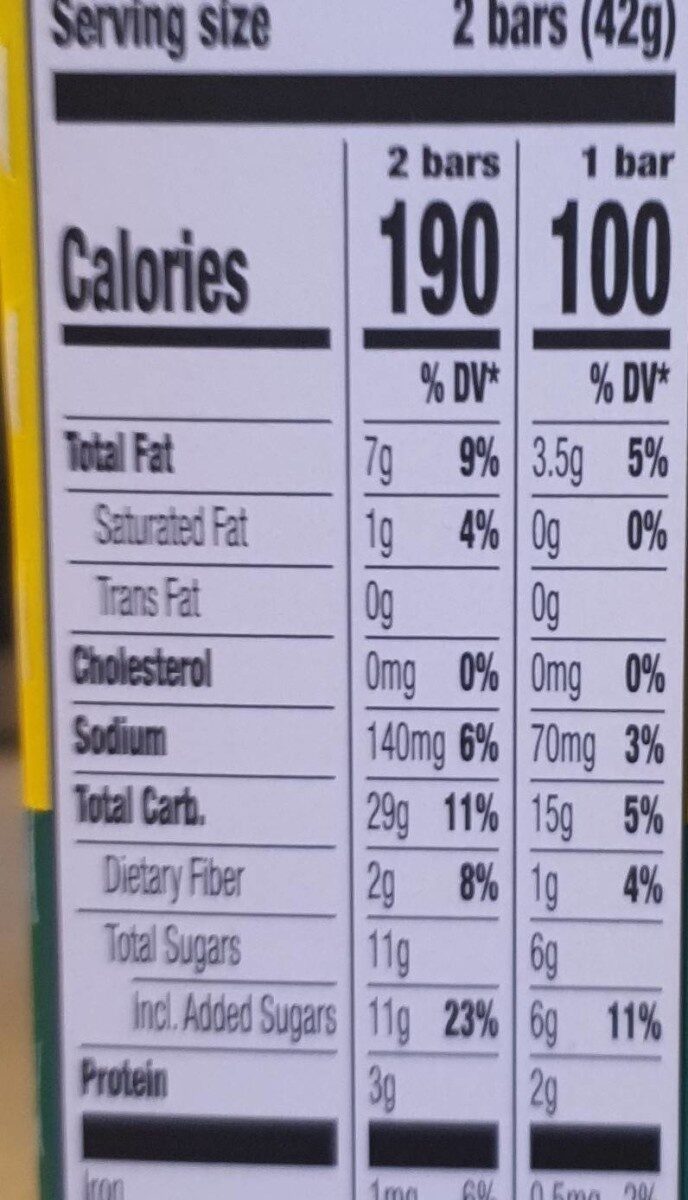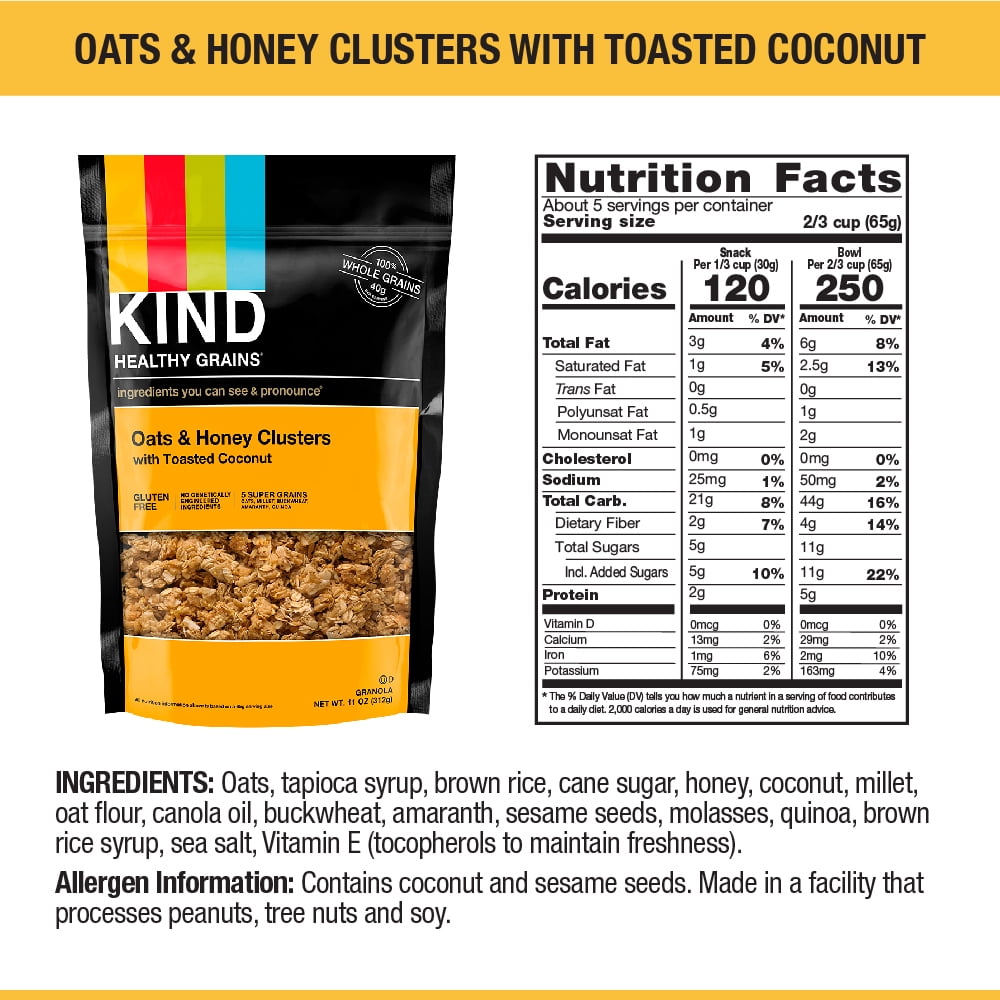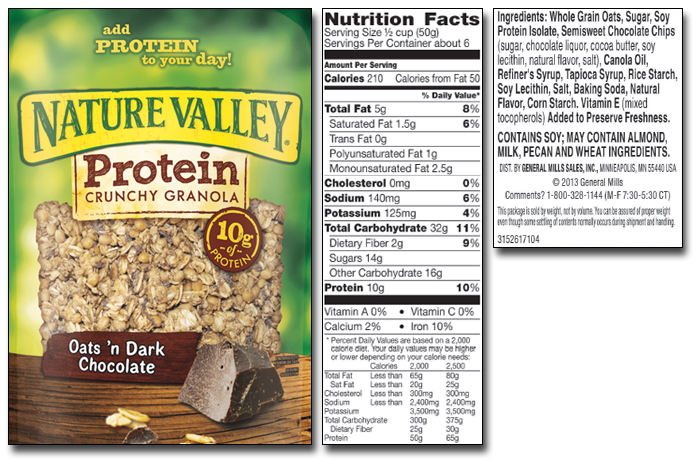Oats And Honey Granola Bar Nutrition Facts
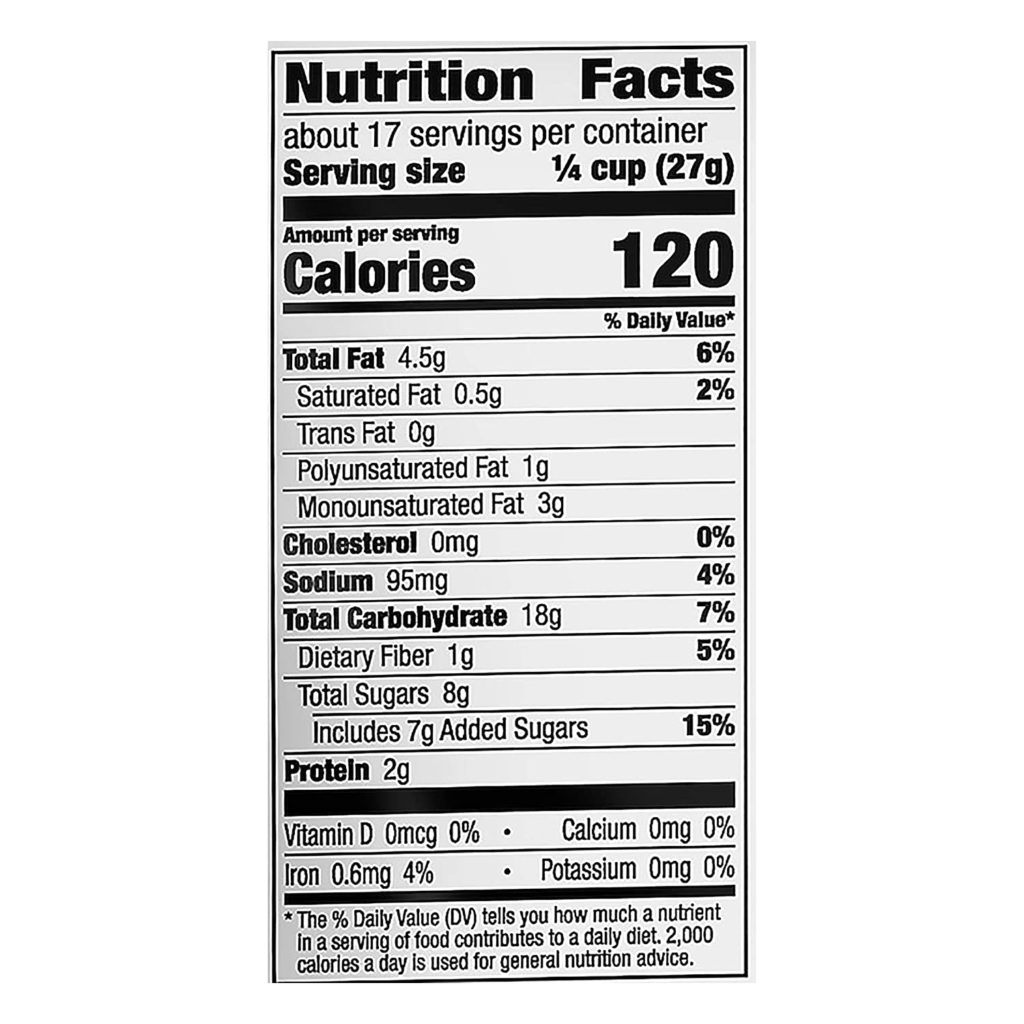
Oats and honey granola bars are a popular snack choice, touted for their convenience and seemingly wholesome ingredients. But a closer look at their nutrition facts reveals a more complex picture, prompting consumers to question their actual health benefits.
Understanding the nutritional profile of these bars is crucial for making informed dietary decisions. This article will explore the key nutritional components of oats and honey granola bars, examine variations between brands, and provide insights for consumers seeking healthier snack options.
Key Nutritional Components
Oats and honey granola bars typically contain a mix of ingredients centered around rolled oats and sweeteners like honey or corn syrup. Other common ingredients include nuts, seeds, dried fruits, and binding agents, such as vegetable oils or sugar syrups.
The primary macronutrients present in these bars are carbohydrates, fats, and protein. Carbohydrates predominantly come from oats, honey, and added sugars. The fat content originates from nuts, seeds, and added oils. Protein is contributed by oats, nuts, and seeds, though generally in smaller amounts compared to carbs and fats.
Carbohydrate Content
The carbohydrate content of oats and honey granola bars is often substantial. A single bar can contain anywhere from 20 to 30 grams of carbohydrates, with a significant portion coming from added sugars.
The American Heart Association recommends limiting added sugar intake to no more than 25 grams per day for women and 36 grams per day for men. Consuming a granola bar with a high sugar content could easily contribute a significant portion of the daily limit.
Fat Content
While granola bars contain fats, the type of fat is important. Healthy fats from nuts and seeds are desirable, but some bars include less healthy saturated fats from added oils.
Consumers should check the nutrition label for the types of fats present. Ideally, the bar should contain mostly unsaturated fats, and limit the amount of saturated and trans fats.
Protein Content
Oats and honey granola bars generally offer a modest amount of protein, typically ranging from 2 to 5 grams per bar. This amount may not be enough to satisfy hunger or contribute significantly to daily protein needs.
Individuals seeking a higher protein snack may want to consider other options or pair a granola bar with a source of protein like yogurt or nuts.
Variations Between Brands
The nutritional content of oats and honey granola bars varies considerably across different brands. Some brands prioritize natural ingredients and lower sugar content, while others focus on taste and convenience, resulting in a less healthy product.
Reading the nutrition label is crucial for comparing different brands and choosing the option that best aligns with individual dietary needs. Pay close attention to serving size, calorie count, sugar content, and the types of fats used.
Healthier Snack Choices
While oats and honey granola bars can be a convenient snack, they are not always the healthiest option. Consumers seeking a more nutritious snack should consider alternatives or choose granola bars with lower sugar content and higher fiber and protein.
Options like whole fruits, vegetables with hummus, or a handful of nuts can offer similar convenience with added health benefits. Furthermore, homemade granola bars allow for complete control over ingredients and nutritional content.
By carefully considering the nutrition facts and comparing different options, consumers can make informed decisions about their snack choices and ensure they are supporting their overall health and well-being. Ultimately, moderation and awareness are key to enjoying granola bars as part of a balanced diet.
